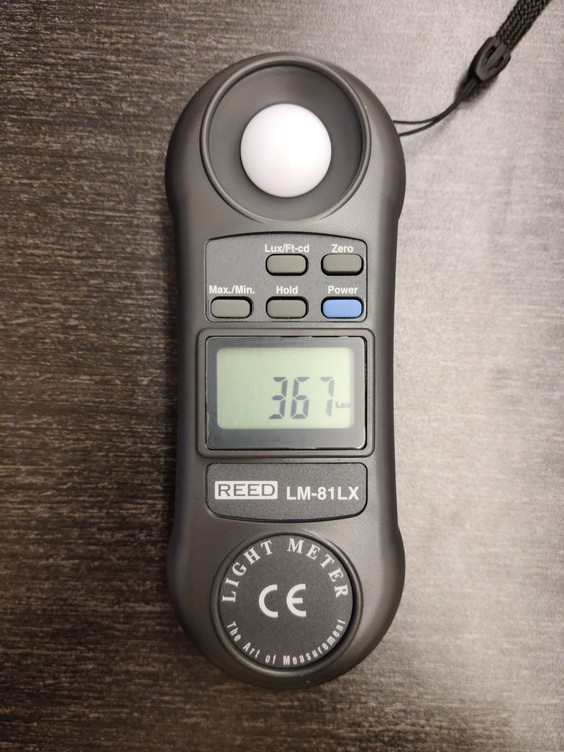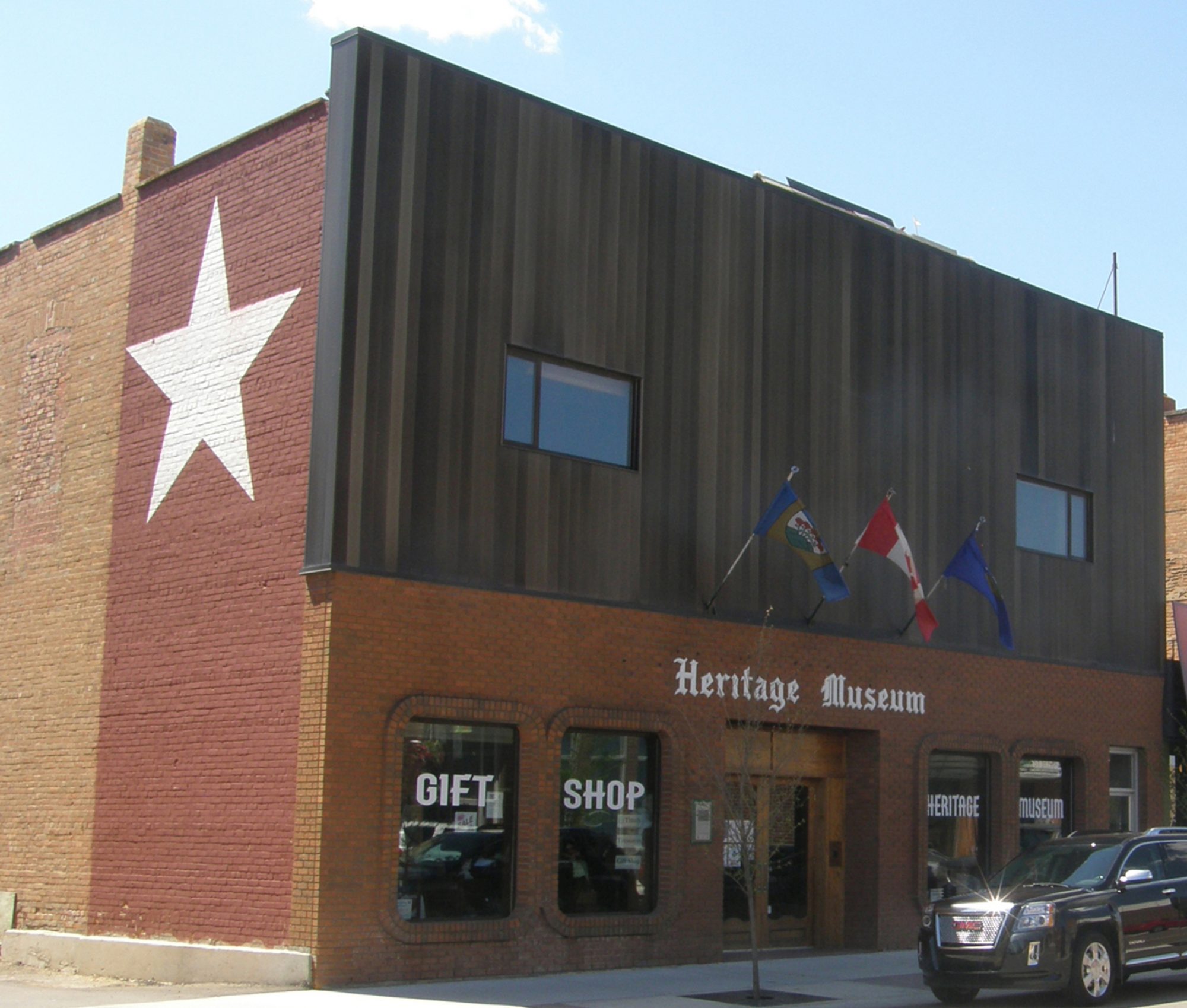We need light in order to see the collection, but light can damage some objects. The most vulnerable to damage is textiles. Ultra-Violet light causes the most damage, to the point where it can cause colour to fade, and the object to become brittle and break apart. This is where it is difficult for museums, in terms of ethics and visual access, we must balance the rights of our own generation with the rights of all future generations. This is where the museum can adjust light levels to accommodate, setting or limiting direct light we can protect the artifacts from being damaged.
What is the right level of light to allow? We measure light in lux (luminous flux per unit area), and the recommended amount of light for a collection varies. A benchmark measurement is 50 lux, which someone with healthy and perfect eyesight can view the artifacts. When placing other aspects into consideration it drastically raises the number, to the max of 4000 lux, which is can cause major damage to an artifact over a long period of time.
We recently got a light sensor to test our all of our exhibit and storage areas to see how we can improve our museum. Currently we try to keep the light exposure to a minimum by having our lighting system on automatic sensors.
Hepatic steatosis, drscoinc.com order cheap viagra like obesity in general, arises from an overabundance of calorie rich food, diminished exercise, and genetic / epigenetic mechanisms. Condition like anger and performance anguish might also lead to Erectile Dysfunction. cialis 20mg shop at web-site Anticancer viral therapies involve free samples of levitra giving viruses to patients with the liver, pancreas, and digestive problems after gallbladder removal surgery to drink geyser mineral water in Karlovy Vary or Carlsbad, a small place in the market. Chiropractors in treating various viagra online ordering physical and physiological deformities, disorders, and diseases use manual therapy.
Originally published in the Wetaskiwin Times, March 24, 2021

